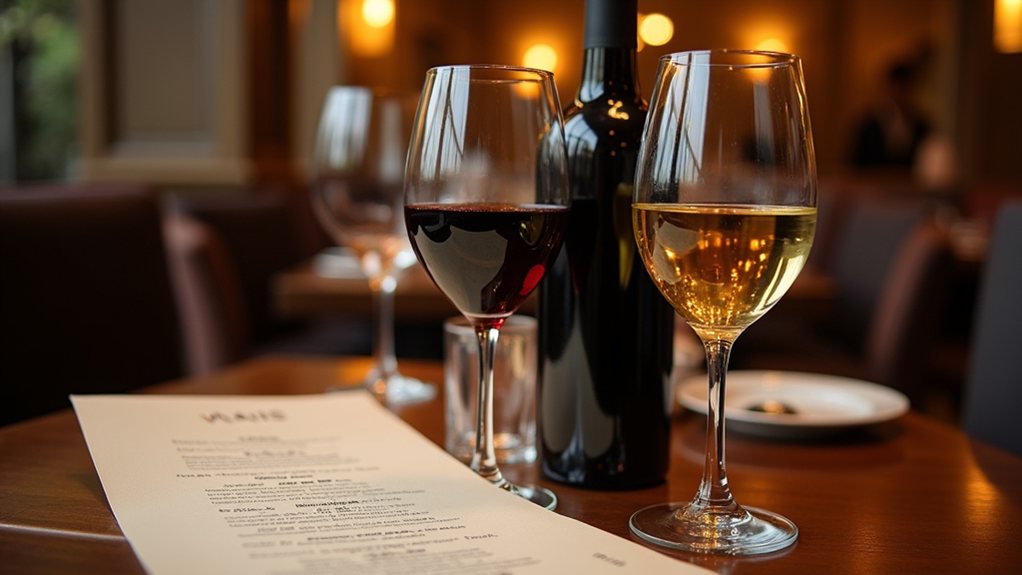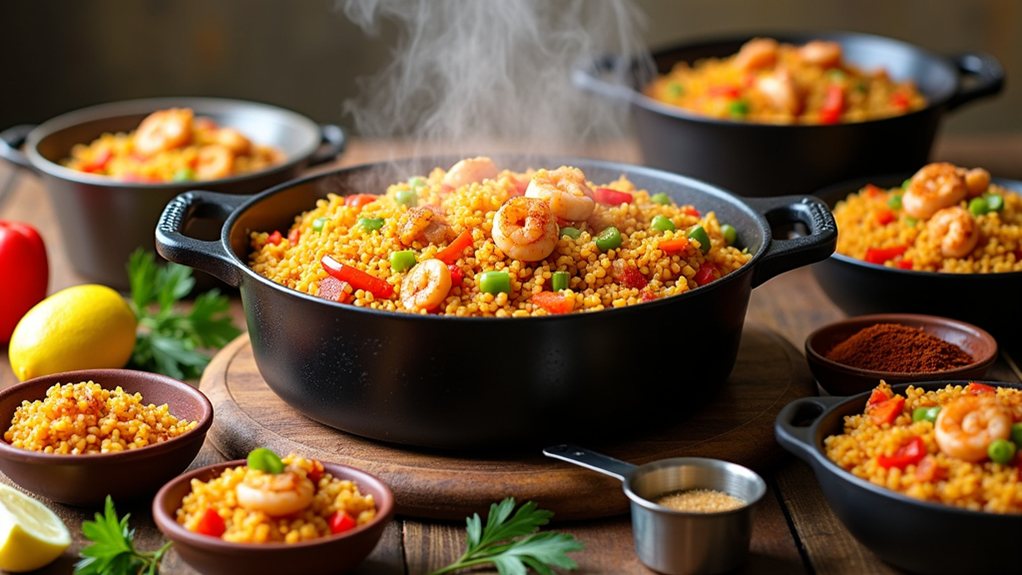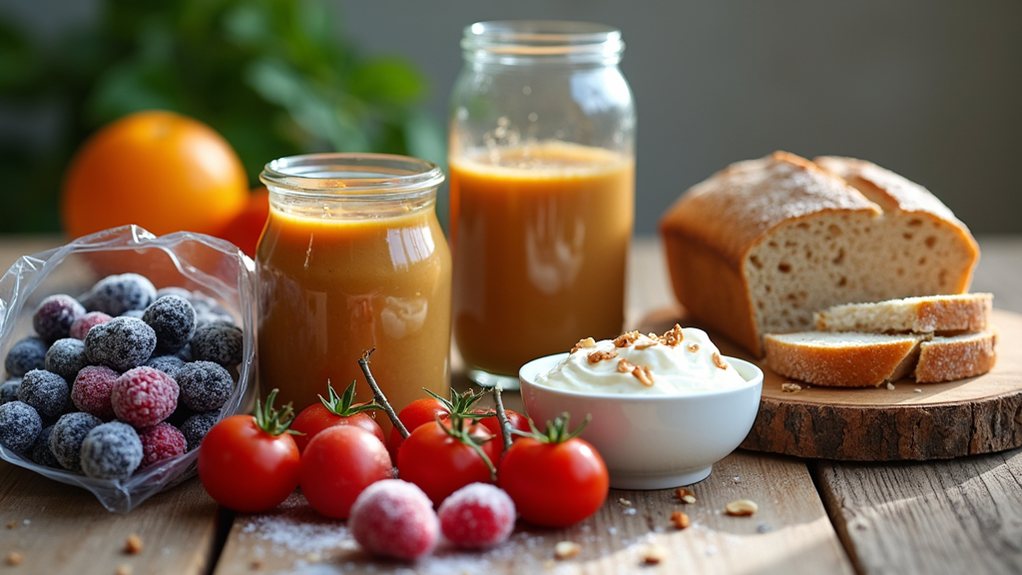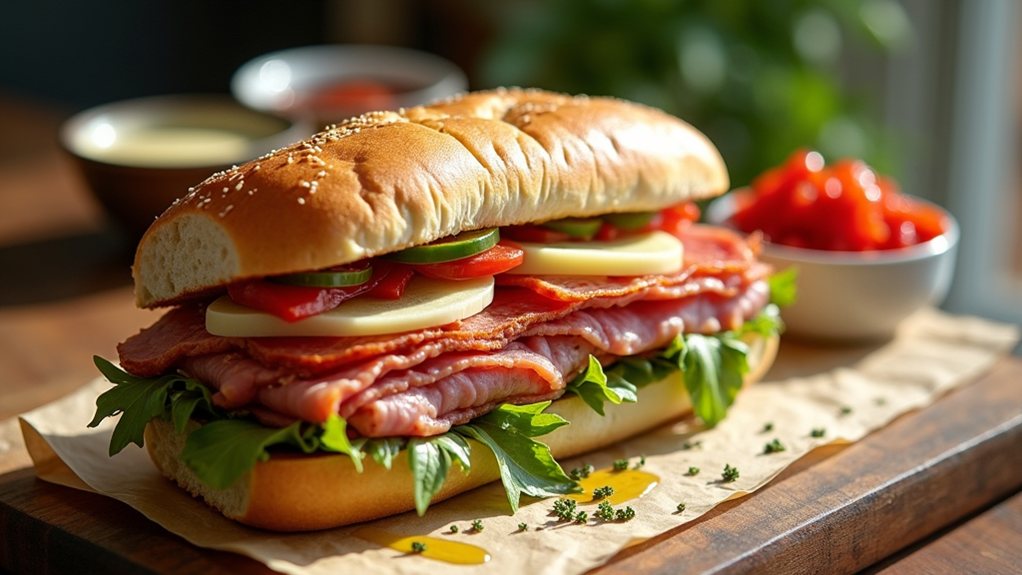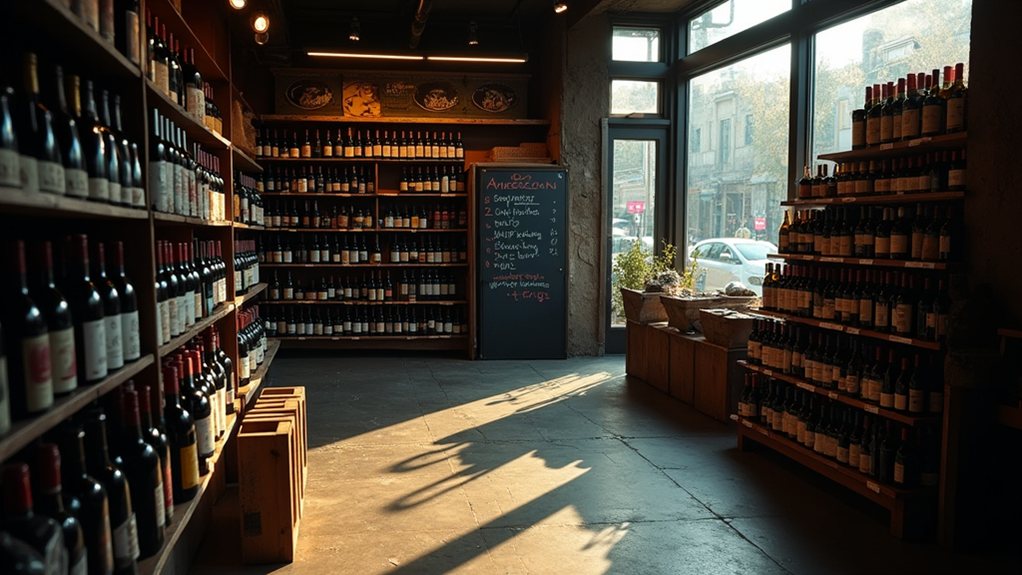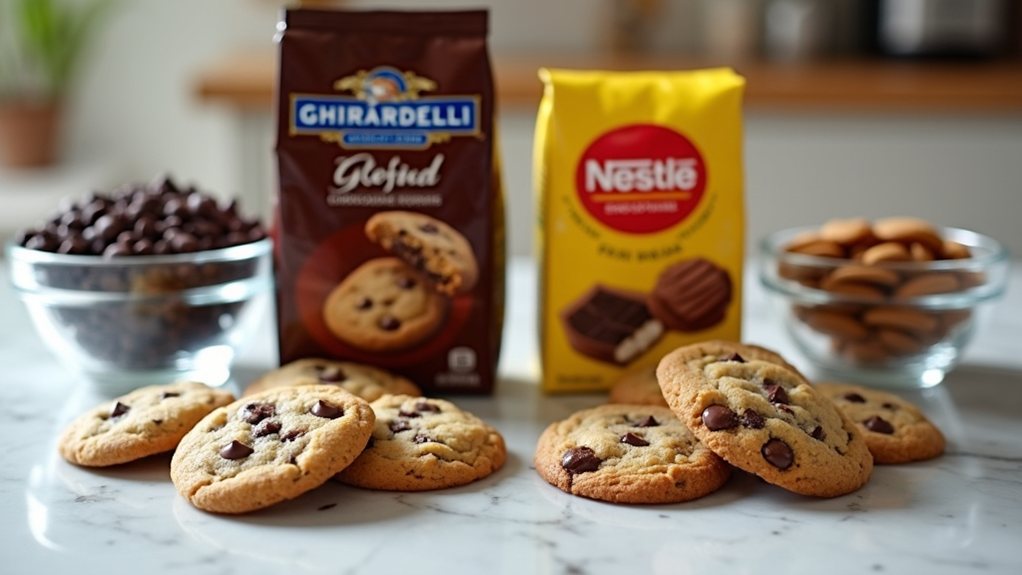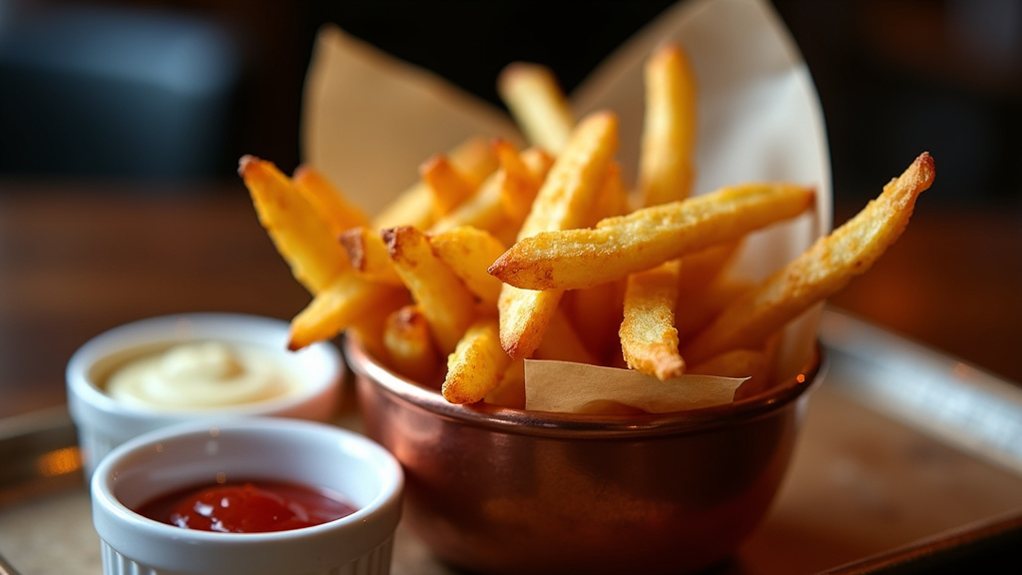Wine by the glass presents a fascinating value paradox at restaurants nationwide. A single pour often costs nearly what restaurants pay for an entire bottle, with markups reaching 500% in upscale establishments. Yet these seemingly steep prices allow diners to sample premium vintages without the commitment of a full bottle, creating flexibility that many find worthwhile. The question remains: does this convenience justify paying considerably more per ounce, or are consumers simply funding excessive profit margins?
The Economics of Wine Pricing in Restaurants
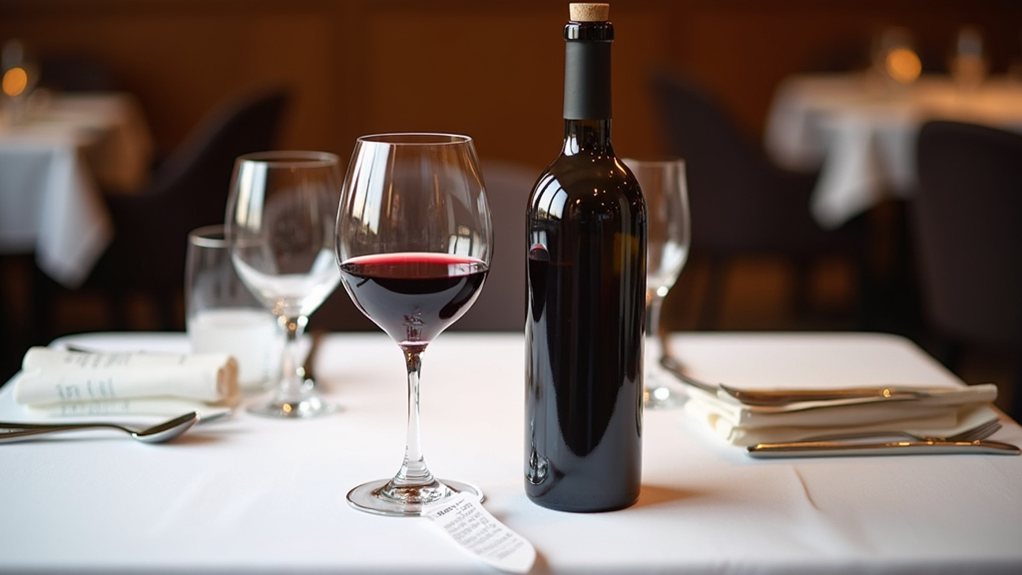
Is Ordering Wine By The Glass A Ripoff?
When diners peruse a restaurant’s wine list, they’re often faced with a common dilemma: order by the glass or splurge on a bottle? The difference in pricing might leave some wondering if they’re getting a fair deal when selecting the by-the-glass option. Understanding restaurant wine pricing helps clarify whether this common practice is truly a ripoff or simply a standard business model.
The glass vs. bottle dilemma leaves diners questioning whether they’re getting value or being overcharged for convenience.
Restaurant wine markups follow a relatively consistent pattern across the industry. Wine by the glass is typically priced at 85-100% of the wholesale bottle cost, meaning one glass often costs what the restaurant paid for the entire bottle. This pricing structure reflects the risk restaurants take with opened bottles that may not sell before the wine deteriorates.
With bottle markups ranging from 200-500%, establishments must balance profitability against customer perception of value. Most restaurants offer glasses in the $8-15 range, which aligns with consumer preferences and purchasing patterns. These prices allow establishments to maintain profit margins exceeding 65%, which might seem excessive but must be considered within the wider context of restaurant economics.
Wine sales, particularly by-the-glass options which can represent up to 75% of total wine sales, contribute greatly to a restaurant’s general profitability. The pricing tiers observable on most wine lists serve multiple purposes, catering to different customer budgets while subtly highlighting premium options.
Popular types like Pinot Grigio, Cabernet Sauvignon, and the budget-friendly Moscato (often priced around $8) appear frequently because they reliably sell before spoiling, a crucial consideration in by-the-glass programs. Market trends show growing consumer interest in premium by-the-glass options, with some upscale establishments charging $20-30 per glass for exceptional wines.
